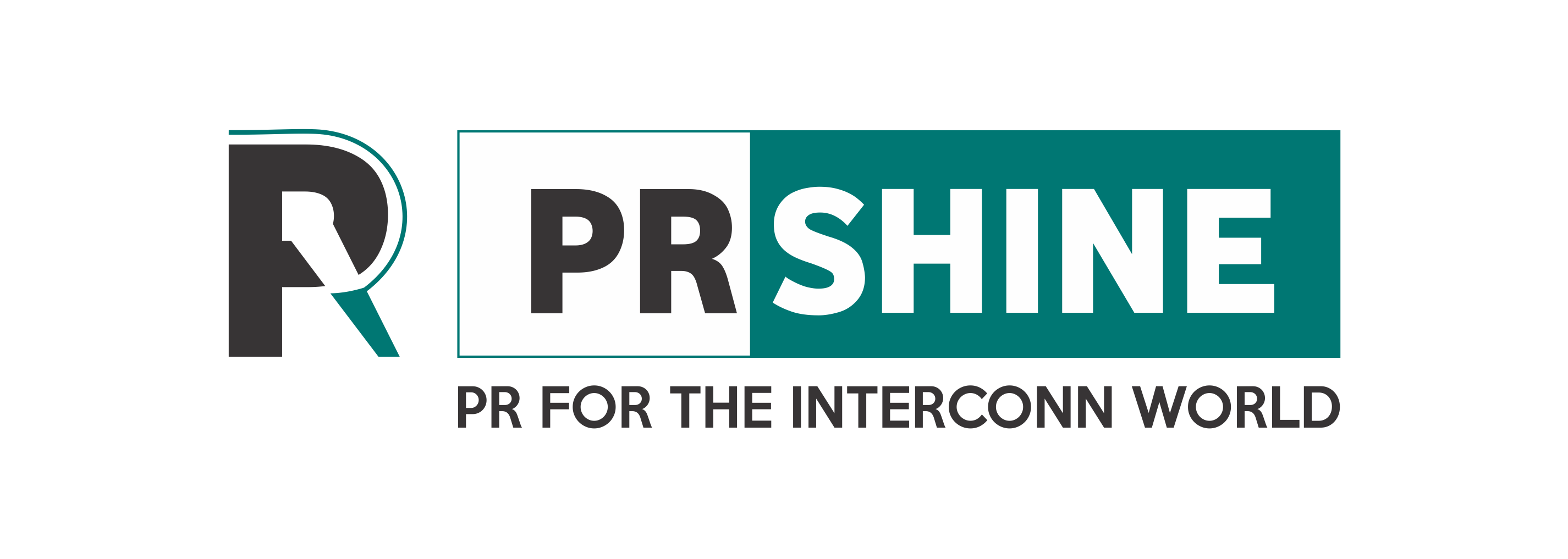How to adapt your data collection methods during COVID-19:
The COVID-19 crisis should only be resolved through data. It’s also much more difficult to gather in this era of social distancing. This has implications beyond the COVID-19 answer. Data needs to be collected by development programmers and projects all over the world in guiding their decision-making and, ultimately, contribute to impact.
We’ve listed out three main methods for remote data collection in this blog,
1.Phone based interviews
Many companies are looking into using phone interviews instead of face-to-face interviews. Although face-to-face interviews are the most powerful data collection tool, mobile phone surveys are the second best alternative. In times of travel restrictions and lockdowns, while face-to-face surveys are currently closed, an increasing number of studies are turning to mobile phones to collect data.
Short message service (SMS), online surveys (web), computer-assisted telephone interviewing (CATI), and interactive voice response (IVR) are all popular ways to engage respondents and collect research data through mobile phones. These different methods of using mobile phones can collect results very rapidly at low costs than face-to-face interview surveys.
2.Web surveys Or online surveys
Web surveys, also known as web-based surveys, e-surveys, and online surveys, seem to be a type of survey which is conducted online. Web surveys, also known as internet surveys, are a method of data collection in which surveys or questionnaires are sent to a sample of respondents via web, and they can respond to the survey via internet.
The below are some of the most popular methods for conducting web surveys:
Email survey: Sending emails a web survey is one of the most effective methods of promoting it.
SMS survey: An SMS survey is another effective method of web survey delivery.
Integration of QR codes: Web surveys can be converted into QR codes, which can then be published in print or online.
Social media integration: One of most successful ways to acquire a web survey is to post it on social media sites like Facebook, LinkedIn, and Instagram.
Web intercept surveys: Web intercept surveys are another effective way to conduct web surveys.
3.Focus Group Discussions:
Although today’s market researcher has an abundance of resources, one method of research has stood the test of time – In focus group target for a group size between 8 to 10 participants and a time of two hours. This changes based on the type of participants, the language used, and the content provided. For virtual FGDs, however, it is better to limit the group size to no more than three people and keep the time to one hour.
Zoom is a video, telephonic, and online chat service that provides on the cloud. In addition to normal teleconference functionality, it also has the ability to record calls and a questionnaire function, both of which are useful for collaborative group discussions.
Skype is similar to Zoom it provides video chat, voice calls, and instant messaging. .
WhatsApp Messenger is a mobile messaging app which is available free. user can send text and voice messages, make voice and video calls, and share other media such as photos, documents, and even their location.













